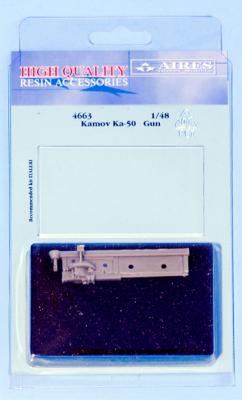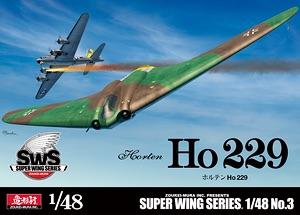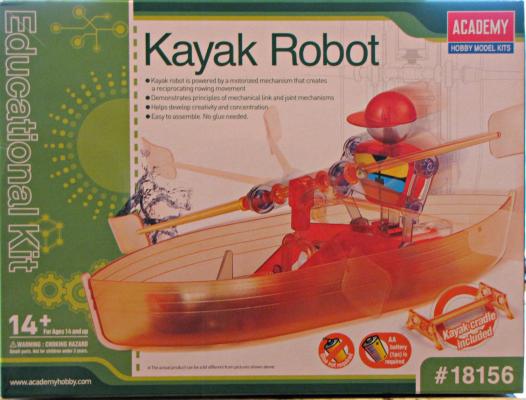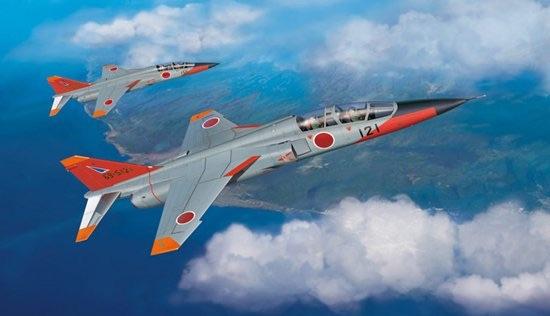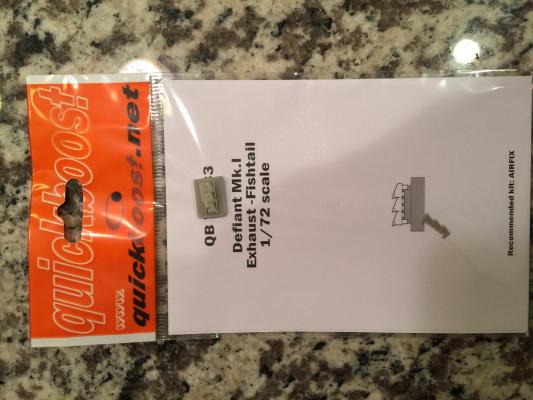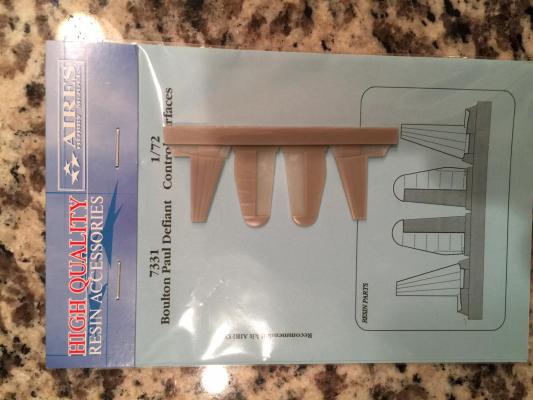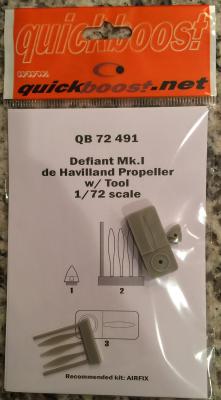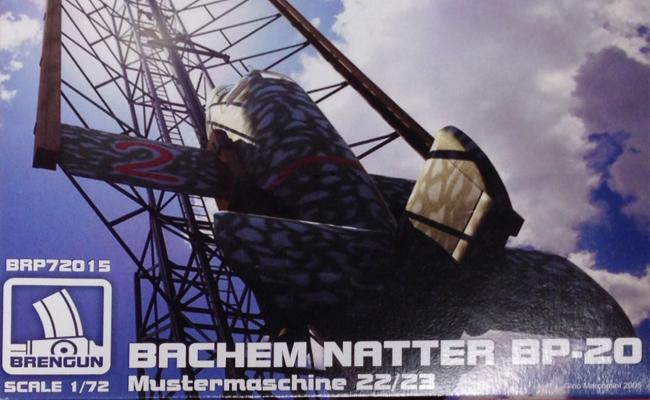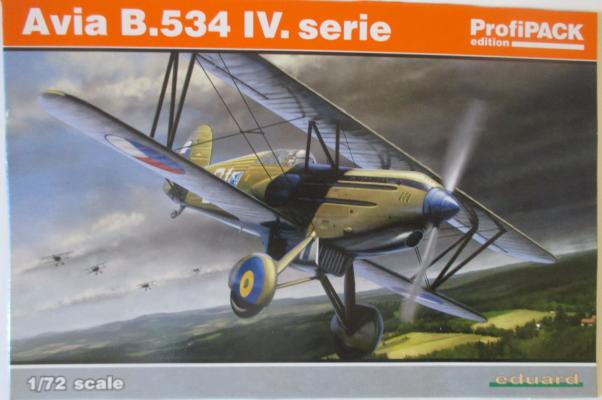Aires has come to the rescue with a major enhancement to the anti-tank 30 mm 2A42 cannon supplied in the Italeri 1/48 Kamov Ka-50 Hokum kit (tan plastic). Revell has also released the Italeri kit in black plastic with both the Werewolf and Black Shark markings along with more extensive stencils. There are no supplied instructions; you simply swap out the kit provided plastic parts with the new Aires replacements.
What's New
The Horten Ho 229 is one of the most striking aircraft designs to emerge from World War II. It was a German fighter/bomber prototype designed by the Horten brothers in response to Hermann Göring's call for a light bomber that could meet a 3x1000 requirement. Meaning that it could carry 1,000 kilograms of ordinance a distance of 1,000 kilometers at 1,000 kilometers per hour. Because only jet powered airframes could meet the speeds necessary to fulfill the requirement for the cruising speed the design became the first flying wing design to be powered by jet engines.
Zoukei-Mura first released a kit of this interesting aircraft in 1/32 and that kit is still an extremely popular masterpiece of design. However, they have recently been redesigning and releasing some of their 1/32 scale kits in 1/48 scale. The Horten HO 229 is their latest release in this series and it is the first new 1/48 scale HO 229 since the Dragon releases in the early 1990s.
Academy is one of the most eclectic kit manufacturers on the market. Not only do they make traditional models in a range of scales, they also make educational kits such as this one. It’s nice to see a mainstream company try a variety of strategies to entice younger modelers into the hobby.
The Kit
There are four sprues, all of translucent plastic that are of different colors. The plastic is on the soft side, but certainly strong enough to meet the demands of moving the kayak through the water. For those of us not mechanically inclined, the motor and gear box are pre-assembled, so no fears of trying to trying to become an electrician or mechanical engineer. There is a small sheet of stickers for the little robot man, but that’s about it.
History
The Mitsubishi T-2 was a jet trainer aircraft used by the Japan Air Self-Defense Force. In 1967, Japanese aviation firms Fuji, Kawasaki, and Mitsubishi, each submitted proposals, and in September 1967, under lead designer Dr. Kenji Ikeda, Mitsubishi's design was selected. The official contract was issued for the development of the XT-2 was placed on 30 March 1968, with Mitsubishi as prime contractor and Fuji as Prime sub-contractor. Several other subcontracts with aerospace firms and other minor aviation manufacturers were also established.
This is direct replacement for the Airfix part. At first glance you might question why a replacement is needed as the kit part is actually very nice. Upon closer examination you’ll see that Aires has spared the trouble of drilling out the exhaust tips to represent the open ends of the pipes. It’s worth the price of admission if you what to avoid that tedious task. The parts are easy to get off the casting block and a perfect match for the mounting holes on the base kit. Aires also makes another set with fishtail ends (set # QB 72 483) reviewed elsewhere in this site that don’t come in the Airfix kit. Thanks to Aires for improving an already great kit.
This is direct replacement for the Airfix part. Like their rounded exhaust (part 72 482 see my other review) this is also a direct replacement for the kit parts. This detail set has the exhaust ends drilled out to save you the trouble of doing so. That’s especially helpful given the oval shape of the exhaust ends. The parts are easy to get off the casting block and a perfect match for the mounting holes on the base kit. Thanks to Aires-Quickboost for giving improved options for both exhausts provided in the base kit.
This set replaces the horizontal stabilizers and elevators of the base kit. While the Airfix parts are certainly nice in their own right, this set allows the control surfaces to be posed and have slightly thinner trailing edges for a more scale appearance. Be very careful trimming the resin away from the mounting tabs and test fit to ensure as close a fit as the kit parts provide. The elevators fit very well into a recess molded into the stabilizers. If you want to have the rear control surfaces offset this is the way to achieve that. Thanks to Aires for the sample of a well done set.
Aires-Quick boost has solved a few issues with the base kit in this set. The De Havilland prop is the one included in the Airfix kit. A comparison of the kit part to this one shows several advantages going to Aires. First, the spinner is cast as a single part with very fine lines representing the breaks in the real aircraft’s spinner. Next, there is a hole cast in the front that’s not on the kit part. The tool (jig) allows accurate placement of the blade angle. It also provides a hole that centers the spinner hole (you have to drill out) when you set it into the round recess provided. Be very careful to cut the blades off the casting block in a way to leave the maximum length to inset into the spinner. If you cut them short, you will have difficulty maintaining the 120 degree spread between the blades. Another plus for this set is the spinner on the version I built had a white front and black rear portion. Luckily there is a fine joint line right where the masking has to go.
During the latter years of World War II, the Luftwaffe was scrambling to finds ways to combat the ever increasing aerial onslaught of the Allied bombing campaign. Many solutions were proposed, some very successful, such as the Me 262, while others never left the drawing board. Some very odd proposals actually made it off the drawing board. The Bachem 349 Natter was one of these odd ideas that were actually in the test phase when the war ended.
History
The Avia B.534 was one of the classic biplane fighters of the 1930’s, and was used by several European air forces almost until the end of World War II. I did a review of Eduard’s kit of this aircraft in May, 2015, so for a detailed account of its service, I refer you to the IPMS review site. The aircraft appeared in four basic versions, differing in cockpit arrangement, armament, wheel covers, and propeller. There are many references available on this aircraft, including the old Profile #152, and most sources are available on line.

